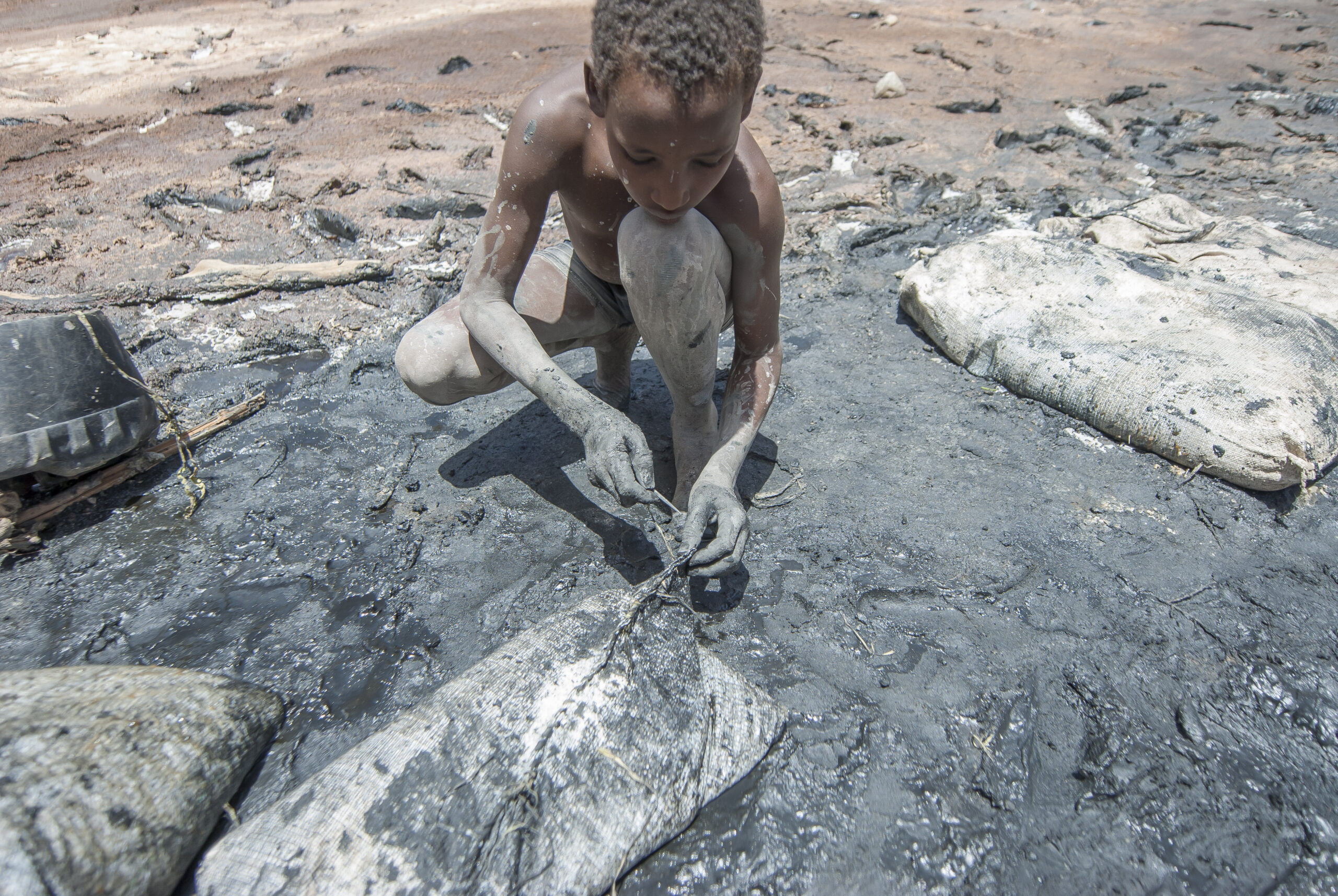Introduction
Mining has historically been a cornerstone of human civilization, driving economies and technological advancements. However, with its growth, ethical and environmental challenges like child labor have cast shadows over the industry. Today, technological advancements, particularly blockchain, can potentially reshape mining’s future, emphasizing responsibility and sustainability.
Unearthing the Grim Reality: Child Labor in Mining
According to the International Labor Organization (ILO), child labor in mining is among the most perilous forms of child labor. Across continents—from Africa to Asia and South America—young children are often embroiled in small-scale, artisanal mining. This labor exposes them to alarming hazards: from toxic chemicals to the ever-present danger of tunnel collapses.
The impetus for this exploitation often stems from the insatiable global demand for minerals, further exacerbated by weak regulations and labor standards in numerous mineral-rich countries. Beyond the evident physical risks, the long-term emotional and developmental repercussions on these children are profound.
The Quest for Ethical Mining
True sustainable mining goes beyond ecological considerations; it embeds social and ethical dimensions. To transition to such practices, the industry must:
- Institute robust regulations: Regulatory bodies globally should hold mining entities accountable, ensuring regular oversight to eliminate child labor.
- Champion transparency: An open account of supply chains can deter malpractices and bolster consumer trust.
- Empower local communities: Engaging local stakeholders in dialogue and sharing the benefits of mining operations can significantly reduce local exploitation.
Blockchain: The Game-Changer for the Mining Sector
Blockchain technology, while synonymous with cryptocurrencies, promises transformative changes for mining’s ethical landscape:
- Immutable records: Blockchain’s tamper-proof ledger ensures every mineral’s source can be tracked, promoting ethical sourcing.
- Smart Contracts: Automated, binding agreements can be encoded, guaranteeing adherence to ethical labor standards.
- Consumer empowerment: A transparent blockchain allows consumers to trace their products’ minerals, promoting conscious consumption.
- Mitigating fraud: The perennial issue of forged documentation can be effectively addressed by the immutable nature of blockchain.
Conclusion
Mining’s future can be both lucrative and ethical, but this requires an industry-wide shift towards innovative solutions like blockchain and a commitment to ethical practices. By championing technologies and stringent regulations, we can pave the way for a mining sector where child labor is a dark relic of the past, and every extracted resource signifies a pledge to a sustainable and responsible future.



